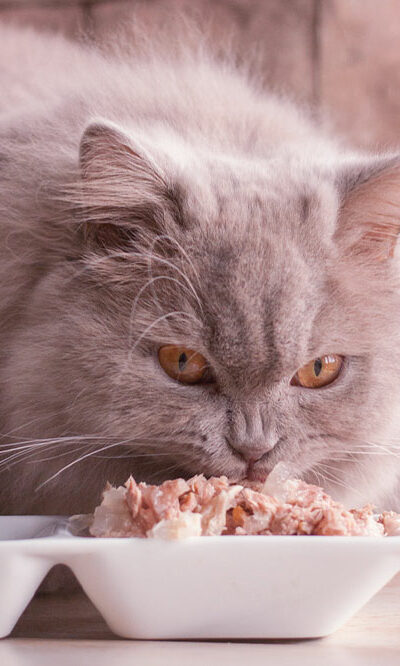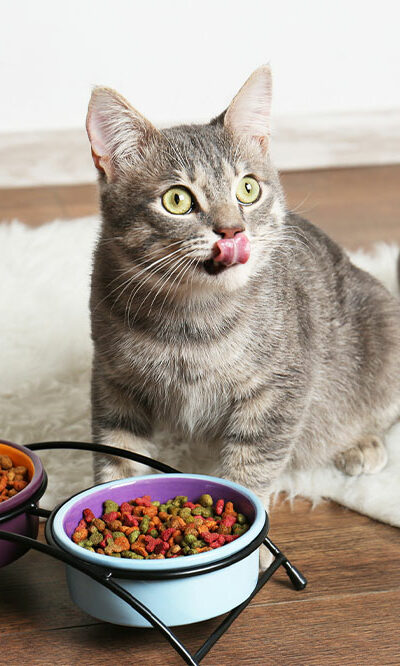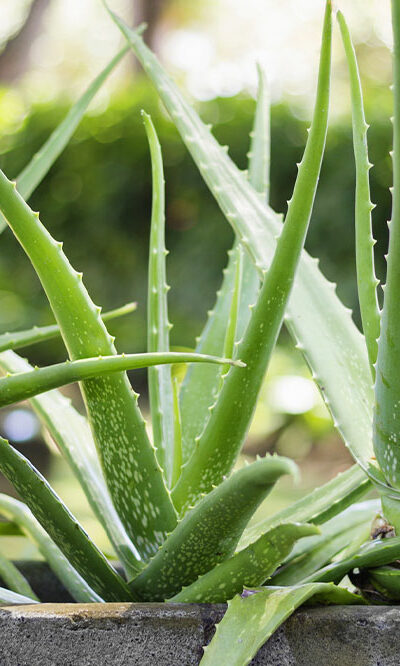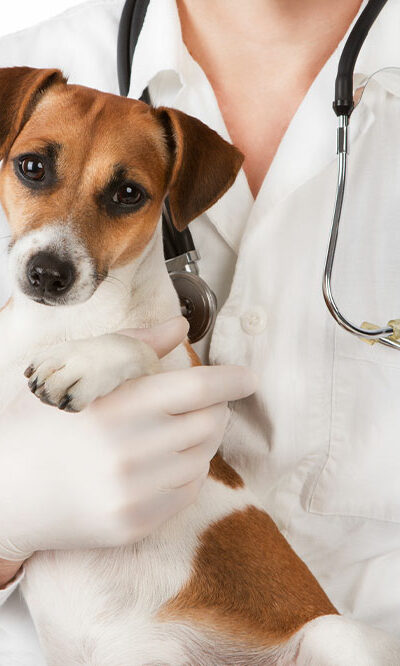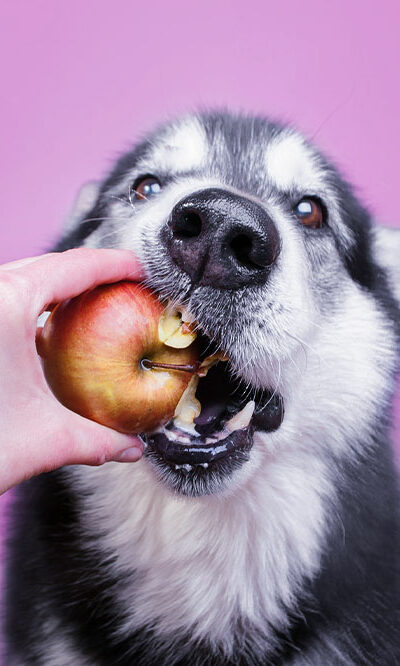
7 safe home foods for dogs to enjoy
When you sit down to enjoy your favorite snacks, it’s pretty hard to resist the urge to give a few tidbits to your furry buddy, right? More so when they run around pawing and asking for a bite. But many foods are unsafe to give to your pets, especially young puppies and seniors. Fortunately, here are some safe options in fresh and cooked food that your pet can munch happily. Eggs Eggs are a great source of proteins and healthy omega-3 fatty acids essential for growth and boosting immunity. But ensure that eggs are cooked all the way through as raw eggs can upset their stomach. Boiled eggs can also be a great filling snack loaded with all the goodness of home-cooked nutrition and taste. Apples A few apple slices will pack a great crunch for your pet to enjoy and supplement essential nutrients like vitamins A and C and soluble fibers. This fruit acts like a natural cleanser for the teeth and mouth as the fibers inside scrub away bacteria and germs that accumulate on their canine teeth. Ensure you remove all the seeds and that the fruit is fresh. Cooked meat Chicken, turkey, ham, and even fish are popular human foods pets can give safely. Here again, it is crucial to ensure that the meat is cooked all the way through and that there a no raw bits that could contain bacteria. For turkey meats, it is advisable to trim off the skin and excess fat, leaving behind protein goodness. Salmon, sardines, and tuna are acceptable seafood choices since they contain proteins, amino acids, and omega-3 fatty acids. Peanuts and peanut butter Dogs love peanut butter, and who doesn’t really? This simple condiment takes us back to the good old days of PB and J sandwiches we used to get as kids.
